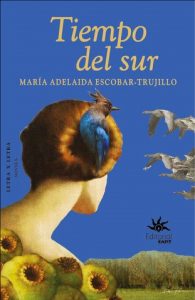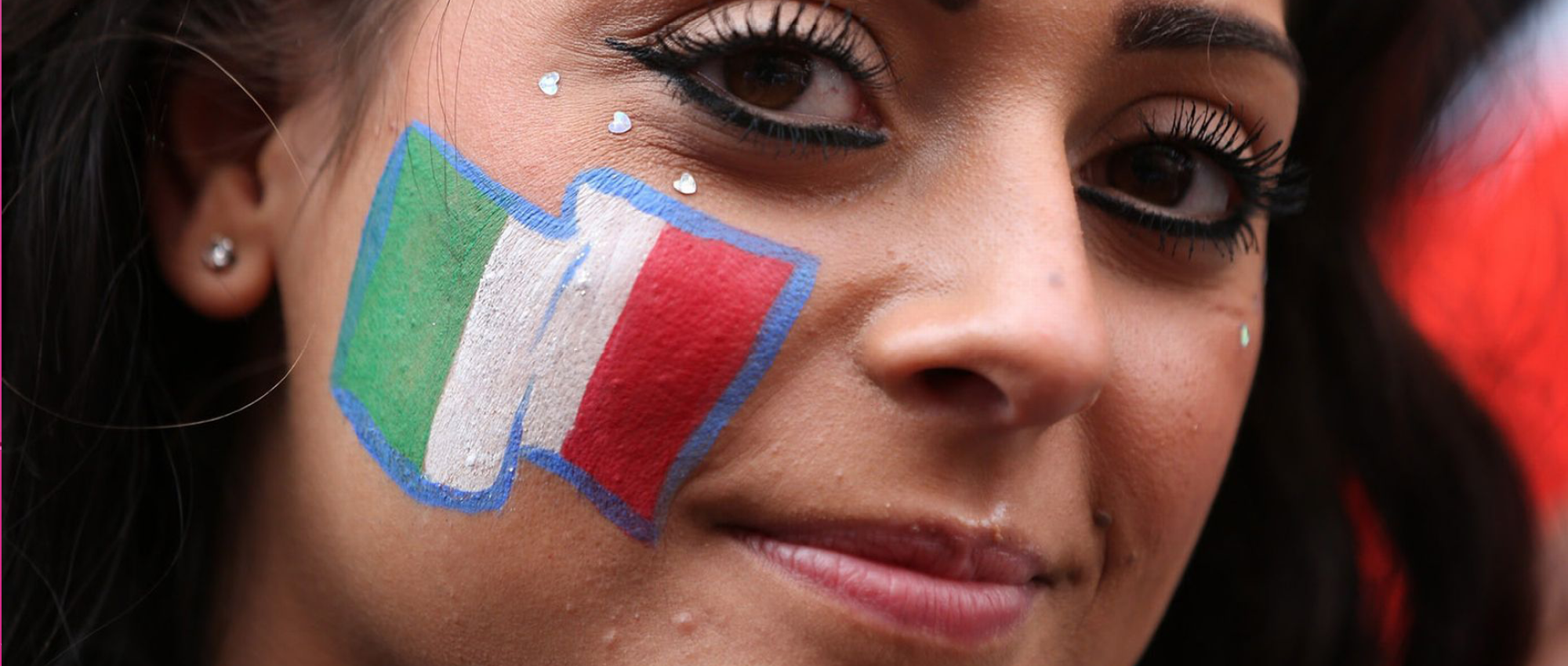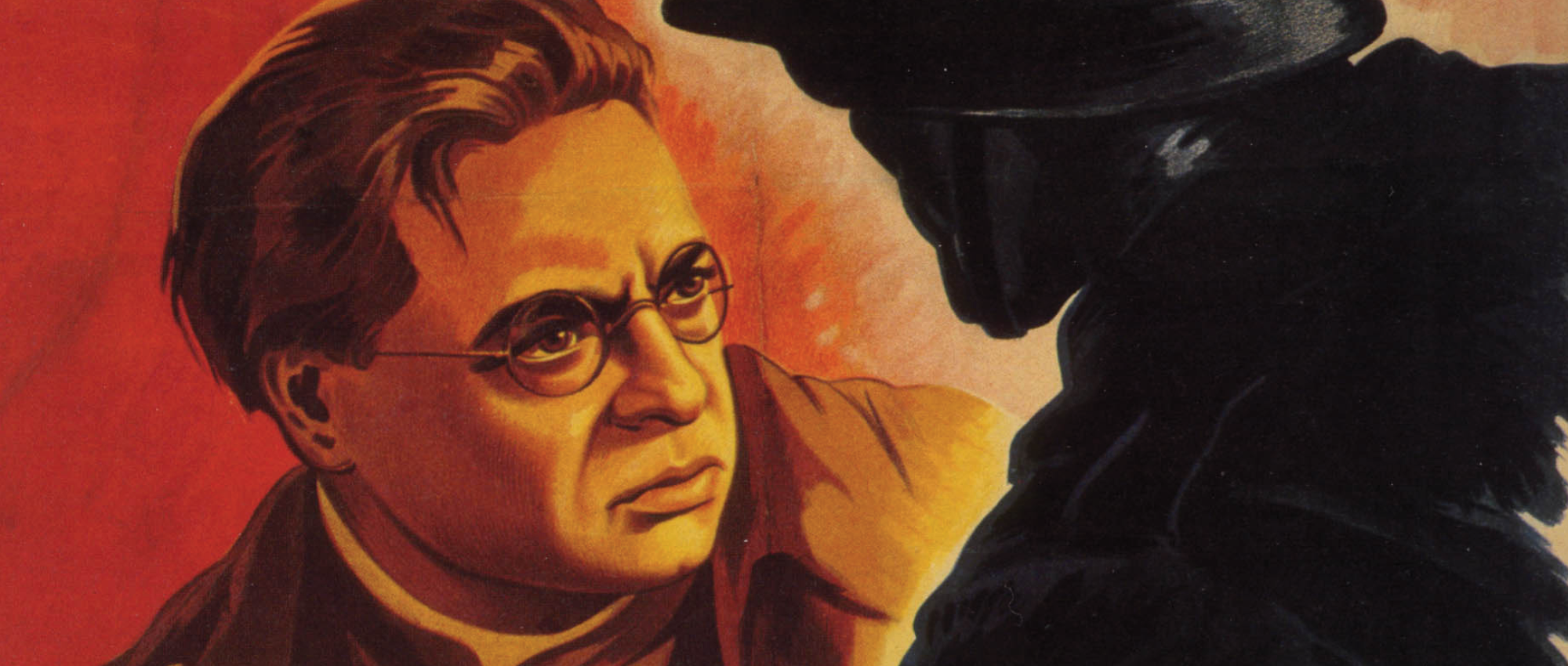This article evaluates the mining literary history of the mining town of Marmato, Colombia. Starting from novels like Tierra virgen (1897) by Eduardo Zuleta, La bruja de las minas (1938) by Gregorio Sánchez, I trace a line that follows the evolution of mining literature in Colombia, tracing its historical and cultural specificities. I introduce the term “Tropical Mining” to categorize some of these particularities. I conclude with a discussion on the documentary Marmato (2014) that represents the end of the discourse of tropical mining as such and takes a turn towards more complex representational discourses revealing a series of social actors that fight for power and recognition using other means and techniques.
Este artículo evalúa la historia literaria minera del pueblo minero de Marmato, Colombia. Partiendo de novelas como Tierra virgen (1897) de Eduardo Zuleta, La bruja de las minas (1938) de Gregorio Sánchez, trazo una línea que sigue la evolución de la literatura minera en Colombia rastreando sus especificidades históricas y culturales. Introduzco el término “Minería Tropical” para categorizar algunas de estas particularidades. Concluyo con una discusión sobre el documental Marmato (2014) que representa el fin del discurso de la minería tropical como tal y toma un giro hacia discursos representacionales más complejos revelando una serie de actores sociales que luchan por poder y reconocimiento usando otros medios y técnicas.
Juan Felipe Hernández Gómez. “Crónica de la minería de oro en Colombia: de la montaña al texto.” Revista de Estudios Colombianos, Vol. 51 (2018).


